Votre Panier
Panier: $ 0.00

Panier: $ 0.00
Home » Livres et Guides » National Audubon Society Field Guide to Tropical Marine Fishes: Caribbean, Gulf of Mexico, Florida, Bahamas, Bermuda
National Audubon Society Field Guide to Tropical Marine Fishes: Caribbean, Gulf of Mexico, Florida, Bahamas, Bermuda

Prix:
CDN$ 14.42
* Rabais de durée limitée, Achetez-le maintenant!
 "Aquatica Plus a les meilleurs produits pour les étangs et les aquariums National Audubon Society Field Guide to Tropical Marine Fishes: Caribbean, Gulf of Mexico, Florida, Bahamas, Bermuda de amazon.ca. Livraison rapide à partir d'un détaillant en ligne de confiance. Lorsque vous avez besoin d'accessoires pour votre aquarium ou jardin d'eau au Canada, nous cherchons Amazon.ca pour vous.. Ajouter à votre panier tandis que cet article est en stock pour éviter les retards."
"Aquatica Plus a les meilleurs produits pour les étangs et les aquariums National Audubon Society Field Guide to Tropical Marine Fishes: Caribbean, Gulf of Mexico, Florida, Bahamas, Bermuda de amazon.ca. Livraison rapide à partir d'un détaillant en ligne de confiance. Lorsque vous avez besoin d'accessoires pour votre aquarium ou jardin d'eau au Canada, nous cherchons Amazon.ca pour vous.. Ajouter à votre panier tandis que cet article est en stock pour éviter les retards."
National Audubon Society Field Guide to Tropical Marine Fishes: Caribbean, Gulf of Mexico, Florida, Bahamas, Bermuda
Covering tropical marine fishes of the Caribbean, the Gulf of Mexico, Florida, the Bahamas, and Bermuda, this field guide by C. Lavett Smith (curator emeritus, Department of Ichthyology, American Museum of Natural History in New York) sets the tropical-fish standard. There are 417 truly magnificent color photographs evincing the glories of the coral reefs and full-text descriptions for more than 400 species, each with its own range map. In addition, the guide includes maps of the regions, more than 100 fish anatomy illustrations, and close to 800 more brief species descriptions. Easy to use and understand, lightweight, and sturdily constructed for travel, the field guide is a great boon for one's snorkeling or scuba-diving vacations. --Stephanie Gold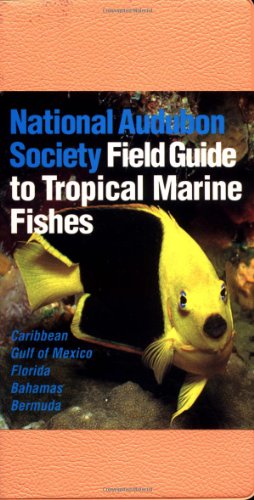
List Price: CDN$ 24.95 Price: CDN$ 14.42
What customers say about National Audubon Society Field Guide to Tropical Marine Fishes: Caribbean, Gulf of Mexico, Florida, Bahamas, Bermuda?
Tags:
Random Product
AquaticaPlus.ca est un participant au programme Amazon Services Associés Amazon.ca, un programme d'affiliation conçu pour fournir un moyen pour les sites de percevoir une rémunération par la publicité et des liens vers Amazon.ca./center>

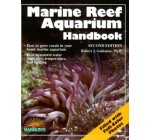


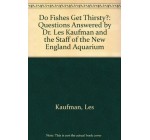


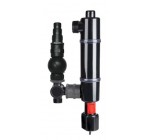
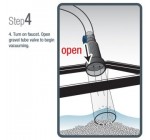



Necessary installment.,
So, this is the correct field guide to take along on a scuba trip to the Caribbean, Bahamas, Florida, or other places that the guide covers. Since it is much smaller than « Reef Fish Identification » by Paul Humann, it is much easier to carry along in a smaller pack, and one does not have to worry about the bulkiness of other guides.
Now for the content: There are over four categories of fish, including : bass like fishes, sharks & whales, and Eels. The butterflyfish and damselfish are the most colorful part of the entire guide. There are a nice amount of frequently seen sharks talked about here, but not as many as in « Audubon Guide to Fishes, Whales, and Dolphins », which is a follow up. So, if you basically want a straightforward guide to saltwater fish, take a look at this and the original Guide to Fishes.
0
Was this review helpful to you?

The best one out there,
The illustrations alone would make this better than anything else on the market. Most guides rely on artists’ renderings or studio photographs of dead fish. This book illustrates each of over 400 species with a close-up color photograph of a live fish in the water. Incredible.
The lay-out is good for identification; fish are grouped together by shape. That means you don’t have to know much about fish to quickly look up something you saw. You can then cross-reference it to a complete description.
The physical manufacture of the book is also a plus. Its small size and flexibility make it almost unnoticable in luggage or a beach bag. It’s also a little water-resistant: my copy has seen more than its fare share of dunkings, and still acts like a book instead of a soggy mess.
Of the few criticisms I have of this book, one would be that the index isn’t too good (if Rainbow Runner isn’t listed under « R », then where is it?). This isn’t too much of a shortcoming, though, given that a field guide is usually used to identify species by appearence, not the other way around.
If you plan on observing fish in this region, I highly recommend this book.
0
Was this review helpful to you?

Pretty Good,
0
Was this review helpful to you?
